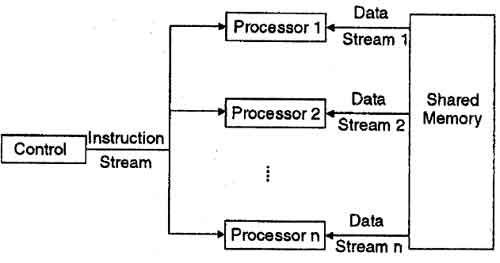
Devices connect with the computer via ports, e.g.Devices communicate with the computer via signals sent over wires or through the air.I/O devices can be roughly categorized as storage, communications, user-interface, and other.Device drivers are modules that can be plugged into an OS to handle a particular device or category of similar devices.I/O Subsystems must contend with two ( conflicting? ) trends: (1) The gravitation towards standard interfaces for a wide range of devices, making it easier to add newly developed devices to existing systems, and (2) the development of entirely new types of devices, for which the existing standard interfaces are not always easy to apply.( Consider the range of devices on a modern computer, from mice, keyboards, disk drives, display adapters, USB devices, network connections, audio I/O, printers, special devices for the handicapped, and many special-purpose peripherals. Management of I/O devices is a very important part of the operating system - so important and so varied that entire I/O subsystems are devoted to its operation.


Abraham Silberschatz, Greg Gagne, and Peter Baer Galvin, "Operating System Concepts, Eighth Edition ", Chapter 13.


 0 kommentar(er)
0 kommentar(er)
